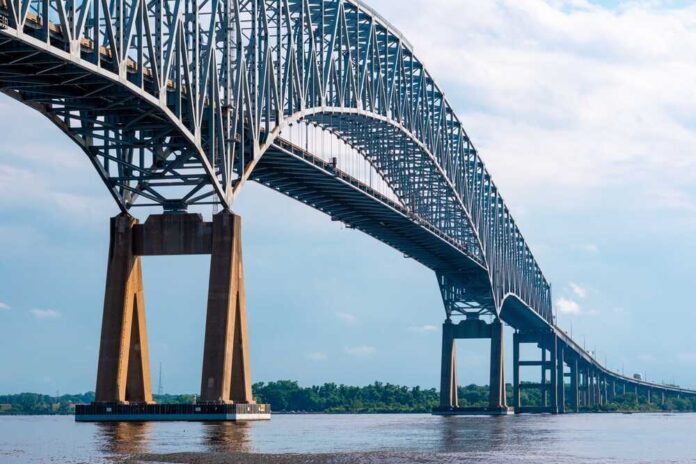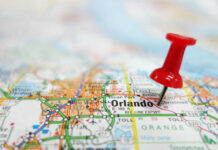The companies that own and manage the cargo ship that struck the Francis Scott Key Bridge in Baltimore on March 26 causing it to collapse filed a petition in court on Monday seeking to limit their legal liability, the Associated Press reported.
The bridge collapsed after the cargo ship Dali lost power and plowed into one of the supports in the early hours of the morning on March 26. Eight construction workers filling potholes on the road were on the bridge at the time. Two of the workers were rescued, while the bodies of two workers were recovered and four others remain unaccounted for.
Grace Ocean Private Ltd., the Singapore-based company that owns the cargo ship, and Synergy Marine Pte Ltd., the Dali’s manager, filed a “limitation of liability” petition in federal court seeking to cap liability at about $43.6 million.
The companies estimate that the ship itself was valued at as much as $90 million and was owed more than $1.1 million in income from freight. The estimate provided deducted at least $28 million for repairs and $19.5 million for salvage.
Credit rating agency Morningstar DBRS estimated that the collapse of the Francis Scott Key Bridge could become the costliest marine insured loss in history, easily surpassing the previous $1.5 billion record from the 2012 wreck of the cruise ship Costa Concordia off the coast of Italy.
Morningstar estimates the losses for the Key Bridge could run between $2 billion and $4 billion.
The March 26 collapse shut down the Port of Baltimore, which could potentially cost the regional economy hundreds of millions over the next month in lost labor income alone.
On Monday, the first vessel passed through a temporary emergency channel cleared to allow some maritime traffic to move to the Port. The 264-foot wide and 11-foot deep channel was opened on April 1, primarily to allow essential vessels to maneuver around the wreckage.
A second emergency channel along the south was being cleared as well for vessels requiring a water depth of up to 14 feet. A third channel is also in the works for vessels requiring a water depth of 25 feet. However, the debris around the Dali must first be removed to clear the pathway.














